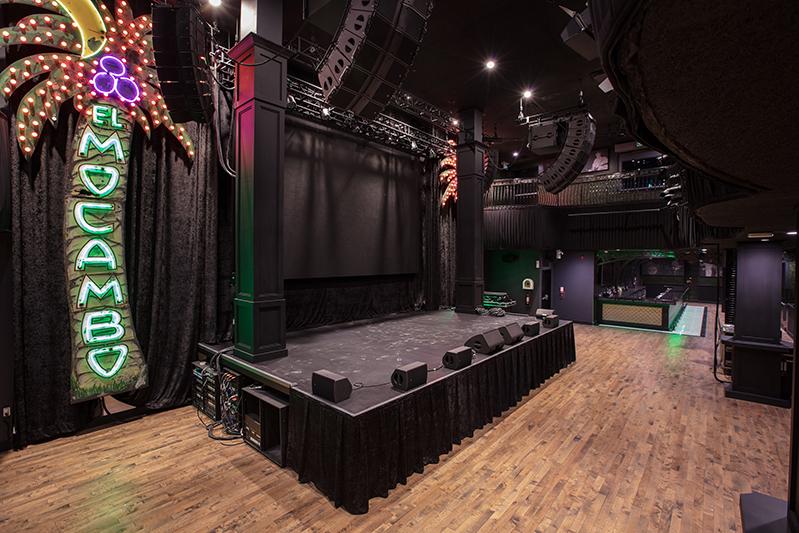
And in 1976, the greatest rock and roll band played a surprise gig at the El Mo. Acts like the Ramones, Devo, Joan Jett, and Blondie performed at the club. However, the El Mocambo was the one club in Toronto to feature blues and rock music and still attract large audiences. Disco not only dominated the airwaves, disco clubs were the primary music venues. The mid to late 1970s was also the time of disco. The building was not far from the University of Toronto, Ryerson University, and George Brown College students were able to walk to the El Mo. Late 1970sĭuring the 1970s, the El Mocambo became a popular spot for university students. Emerging artists like U2 and Elvis Costello, were among the many new acts to play the El Mocambo. This graduation was seen as a mark of distinction it signified that your band was a premier act. The musicians would start on the main floor, and if they generated a sizable revenue, they then graduated to the second floor. There was a hierarchy system for musical acts performing at the El Mocambo. Those two elements soon became the El Mocambo’s calling card.Įmerging artists like Elvis Costello frequently played the El Mocambo. The name and neon sign stood out from the other Toronto nightclubs. Brown’s inspiration for the El Mocambo name and neon palm tree sign came from a San Fransisco nightclub he frequented. The origin of the club’s name lies with Joseph Brown. Lastly, the El Mocambo held the distinction of being one of Toronto’s first cocktail bars. These two men were also responsible for the club’s name. Restaurants Joseph Brown and John Lang bought the building and installed the club’s famous neon palm tree sign.
#El macombo full
The owners of the El Mocambo took full advantage of the new act. This act permitted the sale of liquor in taverns and restaurants in the province for the first time since World War I.
#El macombo license
In 1946, Ontario passed the Liquor License Act. Multiple businesses operated out of the building: a barbershop, a grocery store, and a restaurant. The current building was constructed in 1910. It opened in 1850, and was first used as a haven for escaped slaves from the American South. The original El Mocambo was located at 462 Spandia avenu. To celebrate the grand re-opening, let’s take a look at the colourful and rich history of Toronto’s premier night club.

In September 2020, El Mocambo reopened after years of inactivity.

Artists from multiple genres have appeared at the small club and performed for loving audiences. The El Mocambo, or El Mo for short, has always been a venue for live music. Patrons can drink and listen to great live music. This old building is famous for being a popular nightlife attraction. On 464 Spandia Avenue in Toronto, Canada lies the legendary El Mocambo. The famous palm tree sign of the El Mocambo.


 0 kommentar(er)
0 kommentar(er)
